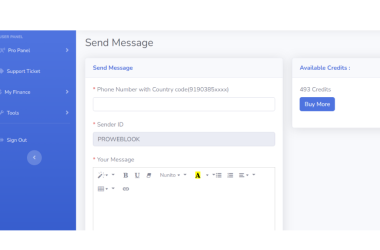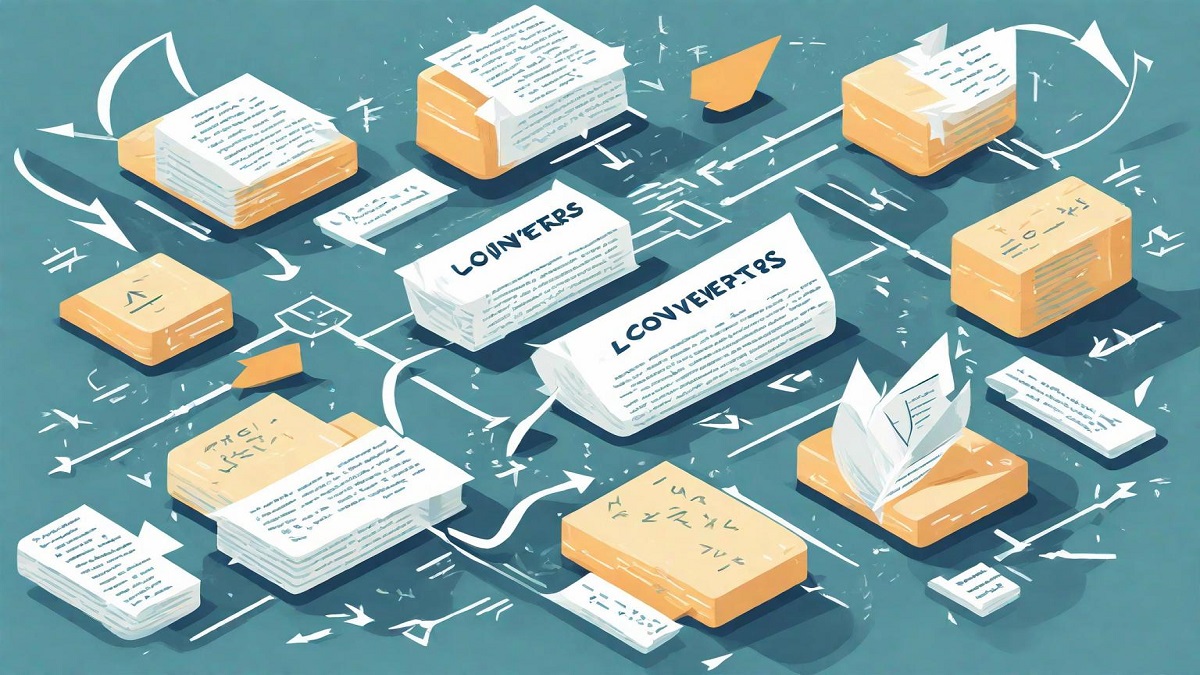Introduction.
Case Converters: In the realm of digital communication and content creation, the significance of text formatting cannot be overstated. Whether it’s drafting an email, writing a document, or coding a program, the way text is presented plays a crucial role in conveying meaning and enhancing readability. One fundamental aspect of text formatting is the manipulation of letter case – the arrangement of uppercase and lowercase letters within a text. This is where the magic of case converters comes into play.
Understanding Case Conversion.
Case conversion refers to the process of transforming the case of letters within a text. It involves converting text from one case format to another, such as changing all letters to uppercase, lowercase, title case, sentence case, or even alternating case. While this may seem like a trivial task, it holds significant importance in various domains including writing, programming, data processing, and digital marketing.
Types of Case Conversion.
1. Uppercase/Lowercase Conversion: This type of conversion involves changing all letters in the text to either uppercase or lowercase. It is commonly used for standardizing text or enforcing consistency in formatting.
2. Title Case Conversion: Title case involves capitalizing the first letter of each word in a sentence while converting the rest of the letters to lowercase. This is often used for titles, headings, or proper nouns.
3. Sentence Case Conversion: In sentence case, only the first letter of the first word in a sentence is capitalized, while the rest of the letters are in lowercase. This is typical in writing paragraphs or sentences.
4. Toggle Case Conversion: Toggle case, also known as alternating case, switches the case of letters alternately between uppercase and lowercase. This style can be used for stylistic purposes or to make text stand out.
Applications of Case Converters.
1. Text Processing and Formatting: Case converters play a vital role in text processing tasks such as data cleaning, normalization, and standardization. They help ensure uniformity and consistency in textual data, which is crucial in data analysis and information retrieval.
2. Programming and Coding: In programming, case converters are frequently used to manipulate strings and variables. They assist programmers in converting identifiers between different naming conventions, such as camelCase, PascalCase, or snake_case, depending on the language or coding standard being followed.
3. Content Creation and Editing: Writers and editors rely on case converters to enhance the presentation of their content. Whether it’s crafting compelling headlines, formatting titles and subtitles, or adjusting the capitalization of text for stylistic purposes, case converters prove to be indispensable tools in the writer’s arsenal.
4. SEO and Digital Marketing: In the realm of search engine optimization (SEO) and digital marketing, case converters are utilized to optimize content for online visibility. By strategically modifying the case of keywords, headings, and metadata, marketers aim to improve the search engine ranking and readability of their content.
Benefits of Using Case Converters.
1. Time Efficiency: Case converters automate the process of case conversion, saving time and effort compared to manual editing. This is especially beneficial when dealing with large volumes of text or repetitive tasks.
2. Consistency and Accuracy: By ensuring uniformity in case formatting, case converters help maintain consistency and accuracy across documents and datasets. This is crucial for preserving the integrity and professionalism of textual content.
3. Enhanced Readability: Proper case formatting enhances the readability of text by making it easier for readers to scan and comprehend. Clear and consistent case usage contributes to a positive user experience and improves communication effectiveness.
4. Flexibility and Customization: Many case converters offer options for customization, allowing users to tailor the conversion process according to their specific requirements. Whether it’s selecting a particular case style or defining exceptions, users have the flexibility to fine-tune the conversion to suit their needs.
Popular Case Converter Tools.
1. Online Case Converters: Numerous websites offer free online case conversion tools that allow users to quickly convert text between different case formats. These tools typically support a variety of case styles and provide options for customization.
2. Text Editors and IDEs: Many text editors and integrated development environments (IDEs) come equipped with built-in case conversion functionalities. These features streamline the workflow for programmers and writers by integrating case conversion directly into the editing environment.
3. Command-Line Utilities: For advanced users and developers, command-line utilities provide powerful tools for performing case conversion tasks programmatically. These utilities can be scripted and incorporated into automated workflows for efficient text processing.
4. Programming Libraries: Various programming libraries and frameworks offer functions or modules for case conversion in popular programming languages such as Python, JavaScript, and Java. These libraries provide developers with robust solutions for manipulating text case within their applications.
Conclusion.
In conclusion, case converters are indispensable tools for manipulating text case and enhancing the presentation, readability, and consistency of textual content. From standardizing data to optimizing SEO, the applications of case converters span across diverse domains and industries.
Visit Proweblook for more Web API tools. More resources can be found on our Github page, Social Channels are Twitter, Facebook & Youtube.








